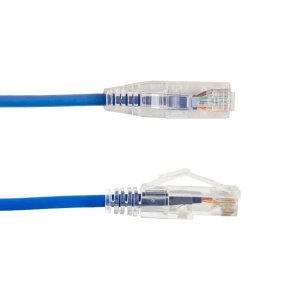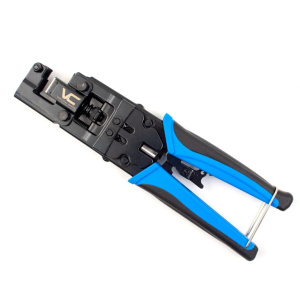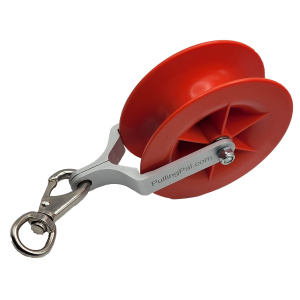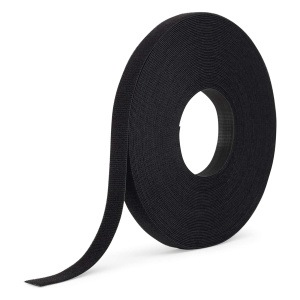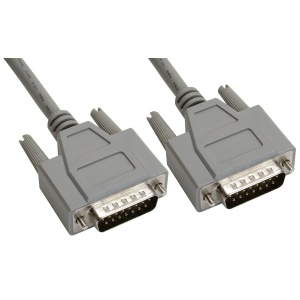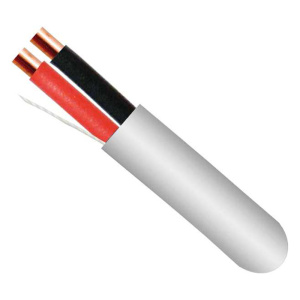Introduction
In today’s world, the importance of environmentally friendly practices cannot be overstated. With the increasing concern about climate change and the need to conserve our planet’s resources, industries are striving to find sustainable solutions. One such area that has seen significant advancements in eco-friendly technology is cable manufacturing. In this article, we will explore the concept of going green in the cable industry, focusing on eco-friendly cable technology and its benefits.
What is Eco-Friendly Cable Technology?
Eco-friendly cable technology refers to the manufacturing and use of cables that have minimal negative impact on the environment. These cables are designed to be energy-efficient, recyclable, and made from sustainable materials. The development of eco-friendly cable technology aims to reduce carbon emissions, minimize waste, and promote the efficient use of resources.
The Importance of Going Green: Eco-Friendly Cable Technology
Going green in the cable industry is crucial for several reasons. Firstly, traditional cable manufacturing processes often involve the use of non-renewable resources, such as fossil fuels and rare metals. By adopting eco-friendly cable technology, we can reduce our dependence on these limited resources and create a more sustainable future.
Secondly, eco-friendly cables contribute to energy efficiency. They are designed to minimize energy loss during transmission, resulting in reduced power consumption. This not only helps in conserving energy but also lowers operating costs for businesses and households.
Thirdly, eco-friendly cable technology helps in reducing carbon emissions. Traditional cables, especially those used for power transmission, can result in significant energy losses, leading to higher carbon footprints. By utilizing energy-efficient cables, we can decrease carbon emissions and mitigate the impact of climate change.
Benefits of Eco-Friendly Cable Technology
- Energy Efficiency: Eco-friendly cables are designed to minimize energy loss during transmission, resulting in improved energy efficiency. This leads to reduced power consumption and lower utility bills for consumers.
- Sustainable Materials: Eco-friendly cables are manufactured using sustainable materials, such as recycled copper and aluminum. This reduces the demand for raw materials and minimizes the environmental impact of cable production.
- Recyclability: Eco-friendly cables are easily recyclable at the end of their lifecycle. This ensures that valuable resources can be recovered and reused, reducing the amount of waste sent to landfills.
- Reduced Carbon Emissions: By utilizing energy-efficient cables, we can reduce carbon emissions associated with power transmission. This contributes to mitigating climate change and creating a greener future.
- Longevity: Eco-friendly cables are designed to be durable and long-lasting. This reduces the need for frequent replacements, resulting in less waste generation and lower maintenance costs.
Going Green: Eco-Friendly Cable Technology and Renewable Energy
Renewable energy sources, such as solar and wind, play a crucial role in transitioning to a sustainable future. Eco-friendly cable technology is integral to the effective utilization of renewable energy. These cables ensure efficient transmission of power from renewable sources to homes, businesses, and industries, enabling a greener and cleaner energy grid.
By reducing energy losses during transmission, eco-friendly cables maximize the potential of renewable energy generation. This helps in increasing the overall efficiency of renewable energy systems and promoting their widespread adoption.
FAQs (Frequently Asked Questions)
Q: What are the key features of eco-friendly cables?
Eco-friendly cables have several key features that set them apart from traditional cables. They are made from sustainable materials, are energy-efficient, recyclable, and designed for longevity.
Q: How do eco-friendly cables contribute to reducing carbon emissions?
Eco-friendly cables minimize energy losses during transmission, resulting in reduced power consumption. This, in turn, leads to lower carbon emissions associated with energy generation and distribution.
Q: Can eco-friendly cables be used for all applications?
Yes, eco-friendly cables are designed to be versatile and can be used for various applications, including power transmission, telecommunications, and data networking.
Q: Are eco-friendly cables more expensive than traditional cables?
While the initial cost of eco-friendly cables may be slightly higher, their long-term benefits, such as energy savings and reduced maintenance, outweigh the initial investment.
Q: Can existing cable infrastructure be upgraded to eco-friendly cables?
Yes, existing cable infrastructure can be upgraded to eco-friendly cables. This allows for a gradual transition to sustainable practices without the need for a complete overhaul of the existing system.
Q: Are there any regulatory standards for eco-friendly cable technology?
Several regulatory bodies, such as the International Electrotechnical Commission (IEC) and Underwriters Laboratories (UL), have established standards for eco-friendly cable technology to ensure quality and compliance with environmental requirements.
Conclusion
Going green in the cable industry is essential for creating a sustainable future. Eco-friendly cable technology offers numerous benefits, including energy efficiency, reduced carbon emissions, and the utilization of sustainable materials. By adopting these eco-friendly practices, we can contribute to the preservation of our environment and pave the way for a greener and cleaner world.


